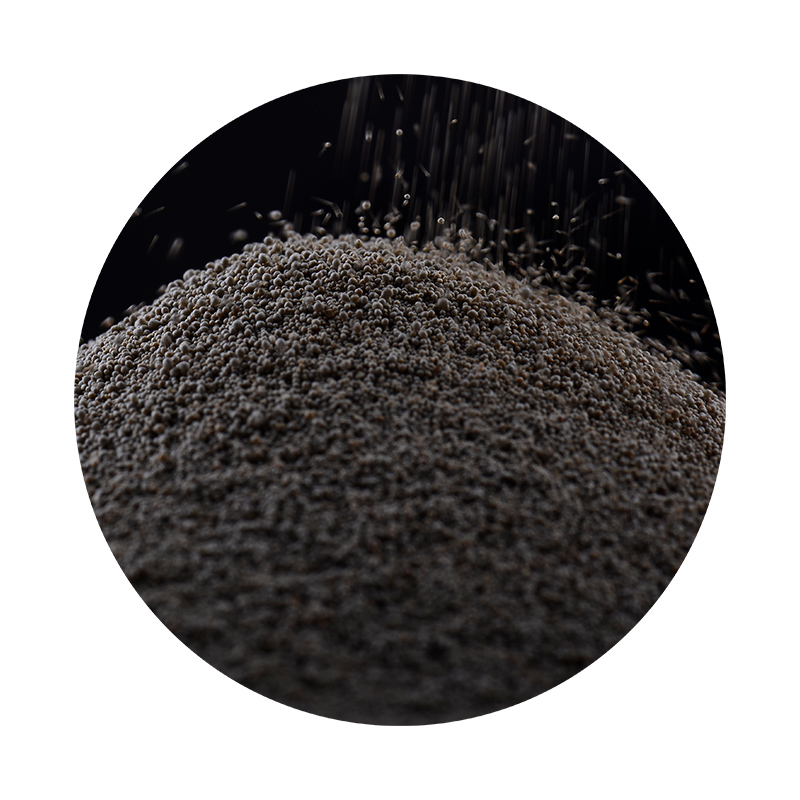Understanding Sand Casting A Comprehensive Guide
Sand casting, also known as sand mold casting, is one of the oldest and most widely used metal casting processes. It involves creating a mold from a sand mixture, into which molten metal is poured to form various objects. This technique is particularly favored for its flexibility, cost-effectiveness, and ability to produce intricate shapes.
The Sand Casting Process
The sand casting process begins with the creation of a pattern, which is a replica of the object to be cast. This pattern can be made from various materials, including wood, metal, or plastic, and is designed to be slightly larger than the final product to account for material shrinkage as it cools.
Once the pattern is ready, it is buried in a mixture of sand and a binding agent, typically a clay binder. This mixture is then packed tightly around the pattern to create a mold. The sand must be compact enough to hold its shape but loose enough to allow for easy removal of the pattern afterward.
After the mold has been formed, the next step is to remove the pattern carefully. This leaves a cavity in the shape of the desired object. The mold features two halves, called the cope (top half) and drag (bottom half). A proper alignment of these two halves is crucial for ensuring the quality of the final product.
Now it’s time to pour in the molten metal. This metal can be anything from aluminum to copper alloys, depending on the desired properties of the finished piece. When the molten metal is poured into the mold cavity, it fills the space and takes on the shape of the pattern.
Once the metal has cooled and solidified, the mold is broken away, often requiring the use of tools or mechanical means. This is known as shakeout. After the mold is removed, the cast object, or casting, emerges, which may require further finishing processes to achieve the desired specifications.
Advantages of Sand Casting
One of the primary advantages of sand casting is its versatility. This method can be used to cast a wide range of metals, including ferrous and non-ferrous alloys. Furthermore, it accommodates varying sizes and complexities of designs, making it suitable for both small parts and large components.
youtube sand casting

Another significant benefit is its cost-effectiveness. Sand is an inexpensive raw material, and the process can be performed with minimal machinery, reducing overhead costs. Additionally, sand molds can be reused, allowing for multiple castings without the need for new molds.
Sand casting is also relatively simple to set up. The equipment necessary for sand casting does not require a heavy investment, making it accessible for small foundries and metalworking shops. This ease of setup allows for quick turnarounds and flexibility in production, ideal for fulfilling custom orders.
Applications of Sand Casting
Sand casting is utilized across numerous industries due to its adaptability. Common applications include automotive components, such as engine blocks and transmission cases, as well as industrial machinery parts and decorative items. Even large-scale projects, like turbine housings for vessels and wind turbine components, often employ sand casting techniques.
Moreover, sand casting plays a crucial role in the development of prototypes. Engineers can quickly create a prototype to assess design viability before committing to more expensive manufacturing processes.
Challenges and Considerations
Despite its many advantages, sand casting does come with some challenges. One of the primary concerns is the surface finish of the cast parts. Sand molds often leave a rough texture, which may require additional machining or finishing work to achieve desired surface quality standards.
Additionally, defects such as sand inclusion, porosity, and dimensional inaccuracies can occur during casting. These issues necessitate careful monitoring throughout the process and may require skilled workers to rectify any problems that arise.
Conclusion
In conclusion, sand casting remains a vital and relevant casting method in modern manufacturing. Its combination of cost-effectiveness, versatility, and simplicity makes it an ideal choice for producing a wide array of casting applications. As industries continue to innovate, the fundamental principles of sand casting will likely remain an essential component of metalworking and foundry practices, allowing for the creation of both functional and artistic metal pieces. Whether you are a hobbyist or an industry professional, understanding sand casting opens up a world of creative possibilities in the realm of metal fabrication.
Post time:Oct . 11, 2024 03:35
Next:g2 super sand
